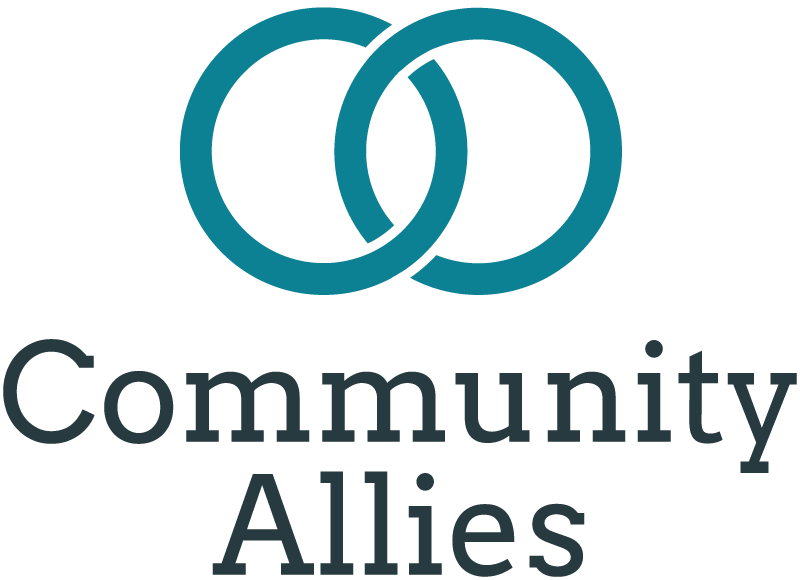Partnering With Purpose
Partnering with Purpose
This spring, I facilitated an all-day workshop called "Partnering With Purpose" at the National Good Food Network conference in Albuquerque, NM. The event, produced by the Wallace Center, convenes food system leaders – small farmers, producers, food hub managers, distributors, farmers market managers – from across the country to share ideas and learn best practices for creating sustainable local food systems. I had the great pleasure of co-facilitating with one of my favorite “partners with purpose,” Vicki Pozzebon, and her inspiring colleague Keagan King.
We created Partnering With Purpose to teach participants how to effectively build collaborations between their multiple local food system actors and engagement with the full breadth of their local communities, in order to build true food systems, not just disconnected initiatives. The workshop helped counter three misconceptions that are common in community development work:
Misconception #1: We can do this work alone. As non-profit leaders and activists, we’re prone to believing that if we work harder, and if our organizations just work smarter, we can singlehandedly solve the problems of the world. It just isn’t true. The issues we’re grappling with are too big and complex, and the world is changing too quickly for us to track it all ourselves. Working without partners is ultimately self-serving and ineffective.
Misconception #2: Collaboration will get in the way of our work. How many times have you thought, “If I stop to build a relationship or get consensus or ask for outside opinions, I’ll NEVER get this done”? Engaging and building partnerships does take time initially, but it is an investment in getting things done more quickly down the road. How much time have you wasted on programs that didn’t end up being well liked or on navigating political issues and unresolved conflicts with other organizations? Imagine the time you’d save if instead, you worked with your full community to create a shared vision and agreement on goals (or at least on initial steps) and roles.
Even more importantly, community development work done without engagement is a house of cards. For example, you could restore a beautiful downtown, with historic buildings, greenery, and local businesses. But if the community doesn’t feel a relationship with those business owners, why will it support those businesses over big box stores or online stores? If your work doesn’t reflect the diverse cultures in your community, who will be left out—or priced out—of the opportunities you create? And if you haven’t collaborated with other people and organizations working to strengthen your community – such as the chamber of commerce, schools, funders, anchor institutions, and elected officials -- because consensus seems too difficult, how will you build the relationships that are essential to your community’s viable future?
"Be brave enough to have the conversations that matter." -- Margaret Wheatley
Misconception #3: We don’t have to walk the walk. Too often, non-profits try to build a world that values collaboration, equity, opportunity, and kindness by working in silos, having homogeneous staff and boards, hoarding information and power, and working themselves and their teams to death. Remember: the world you're trying to create starts at home.
